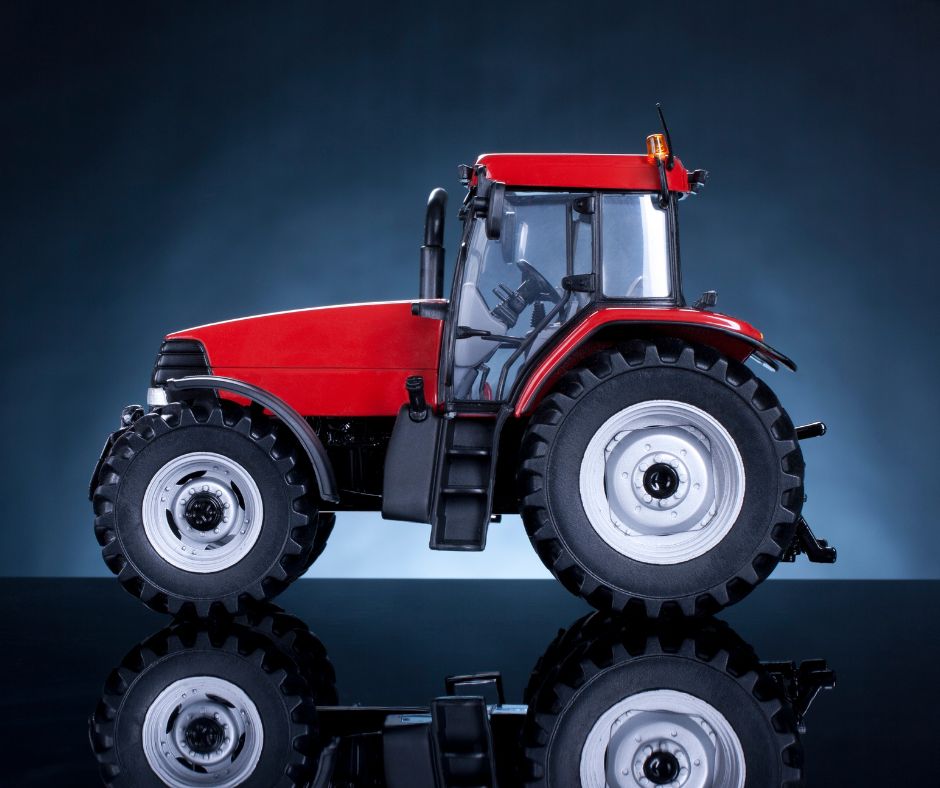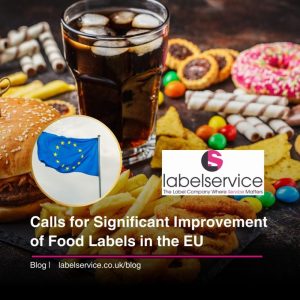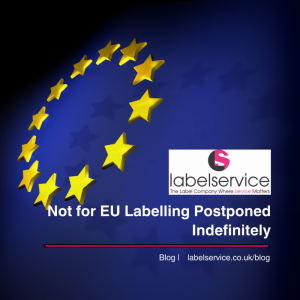Red Tractor Food Assurance is a not-for-profit company that is the UK’s biggest farm and food assurance scheme. They develop standards based on science, evidence, best practice and legislation that cover animal welfare, food safety, traceability and environmental protection. Around 50,000 British farmers are accredited to Red Tractor standards, which form the basis of buying and sourcing specifications for major supermarkets, household brands and restaurant chains, ultimately making life simpler for everyone.
Formed in 2000, there are 50,000 British farmers working to their world lead standards. They do approximately 60,000 checks a year across the supply chain and over £14bn of British food and drink carries their label.
The Red Tractor logo represents over 20 years of driving world leading British food standards. Since 2000, they have worked closely with animal welfare experts, vets, agronomists and the entire supply chain to ensure that whenever you buy a product with the Red Tractor logo, it is traceable, safe and farmed with care. Their assurance covers the entire food supply chain and they work with over 350 independent inspectors to ensure the most robust assessments possible. These inspectors are all appropriately trained and sufficiently experienced – together, they conduct over 60,000 inspections a year.
The Red Tractor logo can only be used on food that has been produced, transported, stored and packed to the required standards as defined by their licensing rules. The standards in all farming sectors (such as chicken, dairy or vegetables) have been agreed by a panel of experts to ensure that their standards are as robust as possible.
The Union Jack on their logo means your food has been produced entirely in the UK, with every step of the food journey checked and documented from farm to pack. All food and drink can be traced right back through the supply chain to the British farms it came from. They insist on rigorous production standards from farm to pack. Use of any Plant Protection Products such as pesticides is strictly regulated, and plans must be in place to minimise their use without compromising product quality. They also ensure responsible use of animal medicines including antibiotics. Only good quality, British food at its seasonal best carries their logo.
The Red Tractor logo is an assurance of food traceability through the supply chain, right back to the British farms it came from. Red Tractor covers your food and drink’s entire journey, so they can check how it’s farmed, transported, produced and packed.
Do Consumers Want to Know?
Since Red Tractor was established in 2000, it has been adopted by every major retailer and caterer business in the UK, as well as many leading home-grown brands. A total of 46,000 farmers are Red Tractor-certified, with market penetration representing 82% of British beef, 65% lamp, 95% pork, 95% chicken, 80% turkey, 70% duck, and 98% dairy categories. Claiming to be the ‘most recognised and trusted’ food logo in the UK, the scheme has taken an interest in the Department for Environment, Food & Rural Affairs’ (Defra) call for evidence on animal welfare labelling.
To investigate how interested UK shoppers are in animal welfare, Moseley turned to consumer research undertaken by the Agriculture and Horticulture Development Board (AHDB). Drilling a little further into consumer attitudes, Red Tractor found that shoppers largely fit into three categories.
The majority don’t want to know about animal welfare standards, suggested Moseley. Considering that ‘meat is meat, not animals’, these shoppers ‘don’t want to think about it’ and ‘hope that all animals are treated well’.
The second largest group is made up of consumers willing to make ‘simple steps’ to back animal welfare initiatives. Shoppers in this category are likely to purchase products produced according to ‘no brainer’ initiatives such as free range eggs. They’re largely happy with the choices available don’t want to spend too long ‘thinking about things’, and don’t need the ‘detail’.
And the smallest consumer category contains shoppers interested in learning more about production methods and welfare standards to help them ‘make the right choices’. Once convinced, these shoppers are prepared to pay more.
Red Tractor also believes there is a disparity between consumer perceptions of production methods and reality on the farm. “The distance between people’s perception and belief in how a product is produced at the moment, particularly on-farm, and the reality of how it is produced, is incredibly big. There is a really big divergence between what people know and what actually happens,” said Red Tractor’s CEO.
In consumer research conducted by Red Tractor in 2020, shoppers were asked how the pigs that produced their pork products were reared. The vast majority responded that the pigs were all bred and reared in spacious areas outside with access to straw. These responses are at odds with reality, suggested Moseley, adding that consumers had no idea about conventional production methods such as the use of farrowing crates (metal crates within a pen where pregnant sows are placed after giving birth). This creates somewhat of a dilemma when it comes to animal welfare food labelling in pork, he inferred. “If you start to introduce the concept of, let’s say a farrowing crate, in order to explain a higher welfare system, they’re absolutely horrified…“Almost any animal welfare labelling on pork will probably be below people’s current expectations on how pigs are bred and grown.”
On the other hand, consumers suspect the worst when it comes to poultry rearing – included that chickens are ‘crammed in’, reared inside in cages rather than outside, and ‘pumped full’ of substances. Despite suspecting the worse, according to Red Tractor’s research they ‘currently avoid thinking about it’.
Given the breadth of production methods and animal welfare standards currently used in livestock and poultry production, Moseley has raised concerns that incorporating them all into one labelling scheme presents a challenge.
“Developing a label to include every element of animal health would be impossible…” said the Red Tractor CEO. “It’s also very difficult to label when there are so many production methods in the UK…which make any type of labelling methodology extremely problematic.”
The Red Tractor Certified Standards label is recognised by 77% of primary shoppers and trusted by 74%, boasted Moseley. And even if consumers may not understand the ‘full detail’ behind the ‘Enhanced Welfare’ scheme currently available for poultry, the CEO stressed ‘they still appreciate it’s a tier up’.
Supermarket Trials
Red Tractor launched supermarket trials of a new environmental assurance scheme that could join the increasingly crowded eco-labelling space. Under the trials, Red Tractor will work with a group of retailers and farmers to create a new scheme to assess Scope 3 emissions on British farms – a measure increasingly demanded by the mults. The pilot is expected to run for around six months and determine the feasibility of a new ‘Red Tractor + environment’ on-pack logo.
“It’ll be one module that covers the five areas retailers are saying they will be needing,” said Christine Tacon, Red Tractor chair. Topics will include biodiversity, water use and soil health. “At the moment we’re designing what it needs to contain such that it satisfies retailers, and ‘satisfy’ is the word,” Tacon stressed. “People always talk about wanting to ‘delight’ them but we just think: what is the minimum you need in this module that you’re all happy with?”
The label will face stiff competition, with Lidl, IGD, and Foundation Earth among those to have launched eco-labelling schemes. While Tacon recognised there was “quite a lot of noise in this area”, she argued “what we’re trying to do is go back to that minimum audit for maximum access, so that you don’t have a Lidl inspection, and a Tesco inspection and everybody else doing these different audits”.
“In fresh produce, both Tesco and Lidl have insisted on LEAF but LEAF is very much a fresh produce scheme. It doesn’t exist in the meat area and so we need something similar,” she added. “The core is that if you have satisfied the environmental module you should be able to charge a premium.” The pilot would seek to determine what it would cost to achieve that, she added. And “are they going to get a premium that will cover that?”
But with the UK’s post-Brexit subsidy system still unconfirmed, some farmers fear the new scheme could see them pay to make changes just months before the government steps in with equivalent funding. “My fear is that farmers bend over backwards to comply with something they may actually get supported from the government to do,” said Neil Shand, CEO of the National Beef Association.
Red Tractor Standards
To be Red Tractor assured, beef and lamb farmers must work tirelessly to maintain a rigorous set of standards that keep animal welfare at their core and ensure Red Tractor can deliver full supply chain traceability and safety:
- Anyone working on a Red Tractor certified farm must be trained and demonstrably competent to carry out their role
- All cattle have a UK passport and receive 2 tags within 20 days of their birth to maintain traceability
- Safe, comfortable and hygienic housing must be available for all cattle and sheep
This means:
- Housing must be constructed and maintained to provide a safe and secure environment for livestock
- Housing must be well ventilated
- Conditions in housing must be maintained so that livestock are able to keep clean
- Safe, suitable and legal bedding is provided in lying areas
- Housing must be lit to allow normal behaviours, rest and effective inspection of livestock
- Cattle and sheep must have sufficiently sized housing and be kept in appropriate groups
- Cattle need to housed in the peer groups, meaning the farmer must take into account age, size and gender. This is because cattle have a hierarchy of status and can occasionally bully others to assert their status. Appropriate groupings prevent behaviour like this
The food sector must work together to reassure consumers that the food safety and animal welfare standards of assured British food is high. It should never be a choice between high standards and price. Being able to label your foods with the Red Tractor label goes a long way towards a healthier and sustainable future.

















